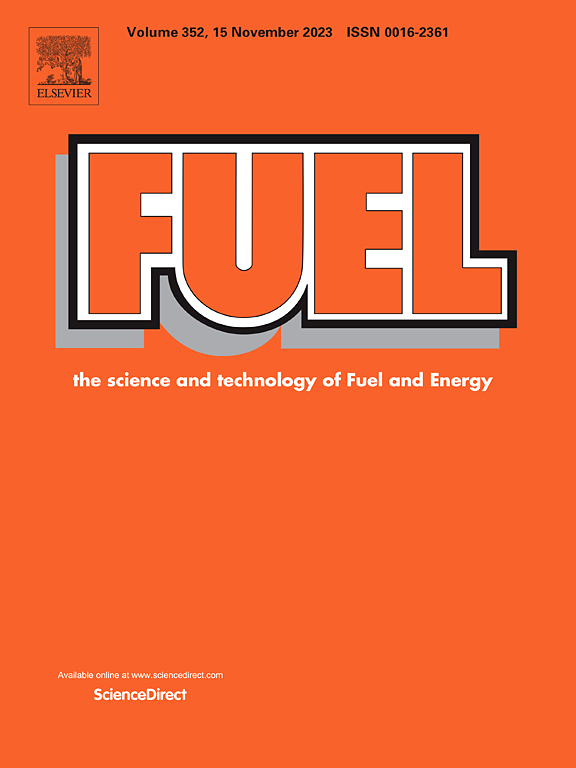Alum and anaerobic sludge-derived high-performance electrocatalyst for enhanced oxygen reduction reaction in microbial fuel cell
IF 6.7
1区 工程技术
Q2 ENERGY & FUELS
引用次数: 0
Abstract
The present investigation demonstrates the facile synthesis of an inexpensive sludge-derived cathode electrocatalyst for application in microbial fuel cell (MFC). The electrocatalyst is prepared via hydrothermal treatment of a mixture of alum (AL) sludge and anaerobic (AN) sludge, derived from water and wastewater treatment plants, respectively. The as-synthesized catalyst (AL:AN = 2:1) possesses excellent physicochemical properties, along with the presence of pyridinic N and graphitic N moieties in its carbonaceous structure, leading to a superior electrochemical activity. The composite also presents a lower reduction in the relative current response (18.53 %) when subjected to an accelerated sulphide poisoning test compared to Pt/C (44.33 % reduction). Moreover, application of the synthesized catalyst (AL:AN = 2:1) in MFC results in a power density of 11.63 ± 1.61 W m−3, organic matter removal of 75.11 ± 3.57 %, and coulombic efficiency of 32.23 ± 0.83 %, which is comparable to the conventional MFC–platinum/carbon system (12.46 ± 0.86 W m−3). The results of this investigation endorse the utilization of the as-developed sludge composite as a cathode catalyst for field-scale applications of MFC. It also provides a cost-effective approach for sludge valorization and enhancing the performance of MFC, which is critical from the viewpoint of sustainable development.

求助全文
约1分钟内获得全文
求助全文
来源期刊

Fuel
工程技术-工程:化工
CiteScore
12.80
自引率
20.30%
发文量
3506
审稿时长
64 days
期刊介绍:
The exploration of energy sources remains a critical matter of study. For the past nine decades, fuel has consistently held the forefront in primary research efforts within the field of energy science. This area of investigation encompasses a wide range of subjects, with a particular emphasis on emerging concerns like environmental factors and pollution.
 求助内容:
求助内容: 应助结果提醒方式:
应助结果提醒方式:


